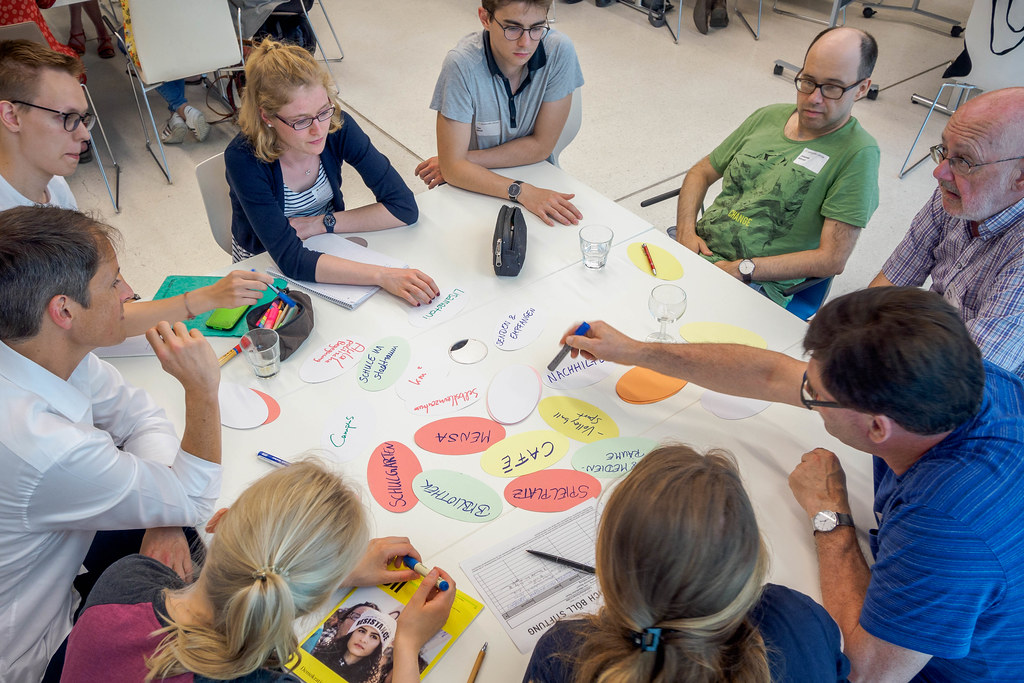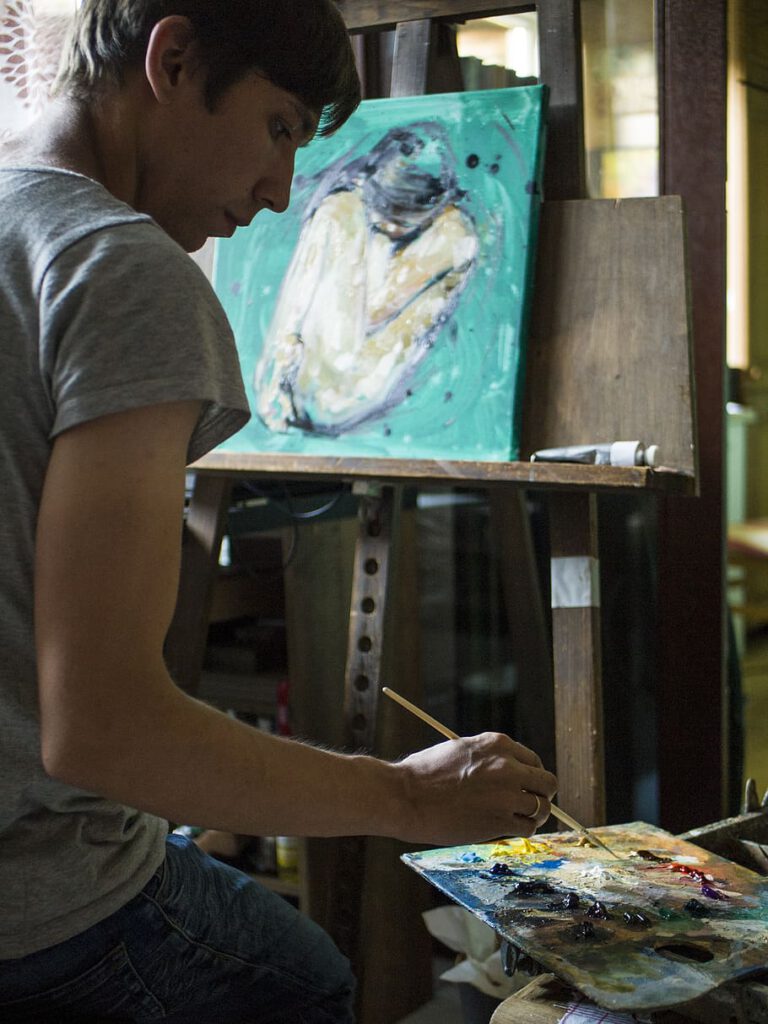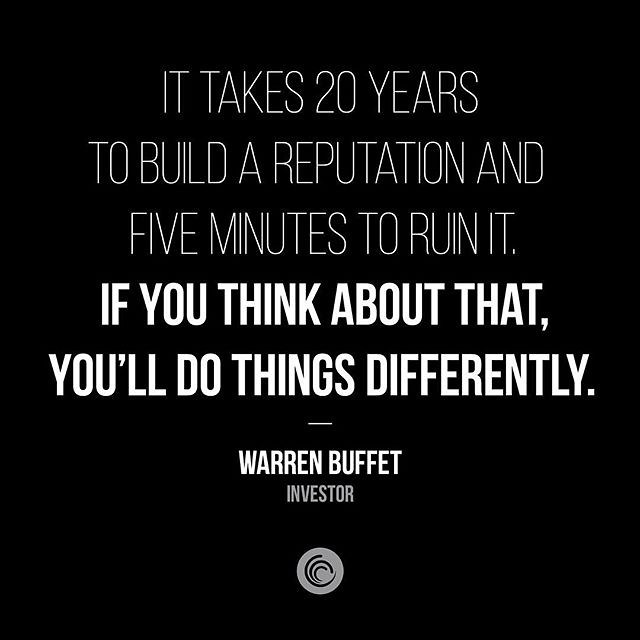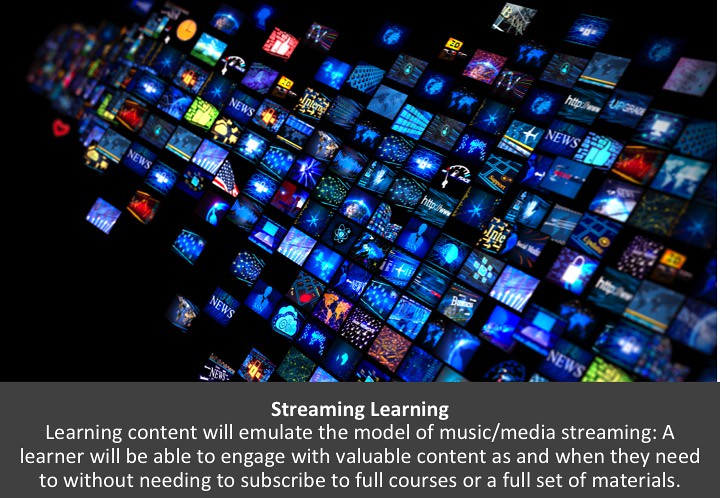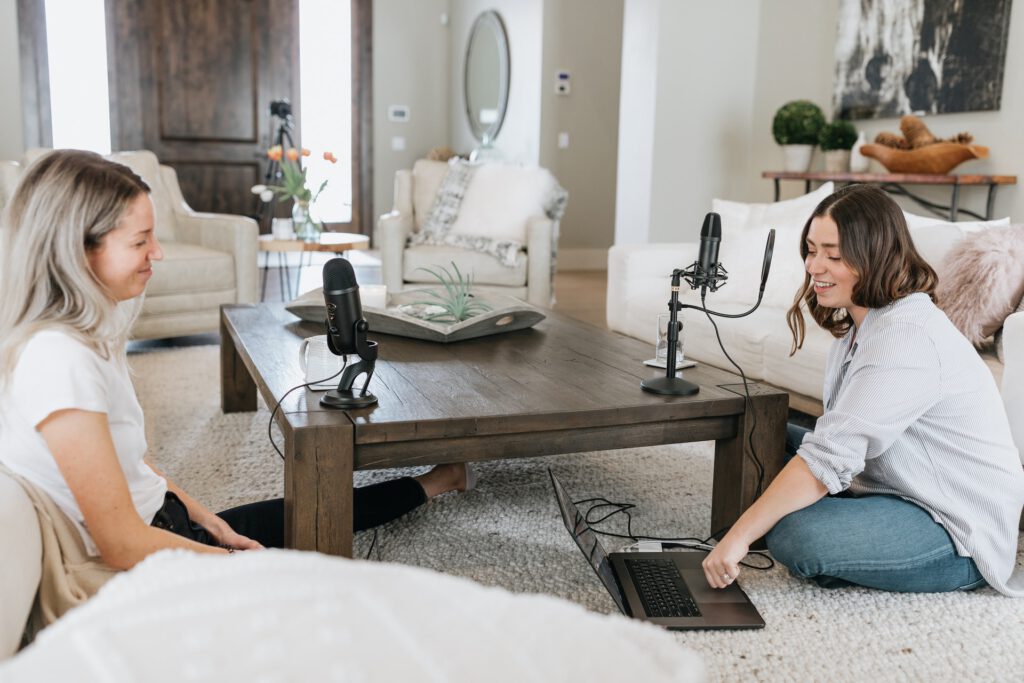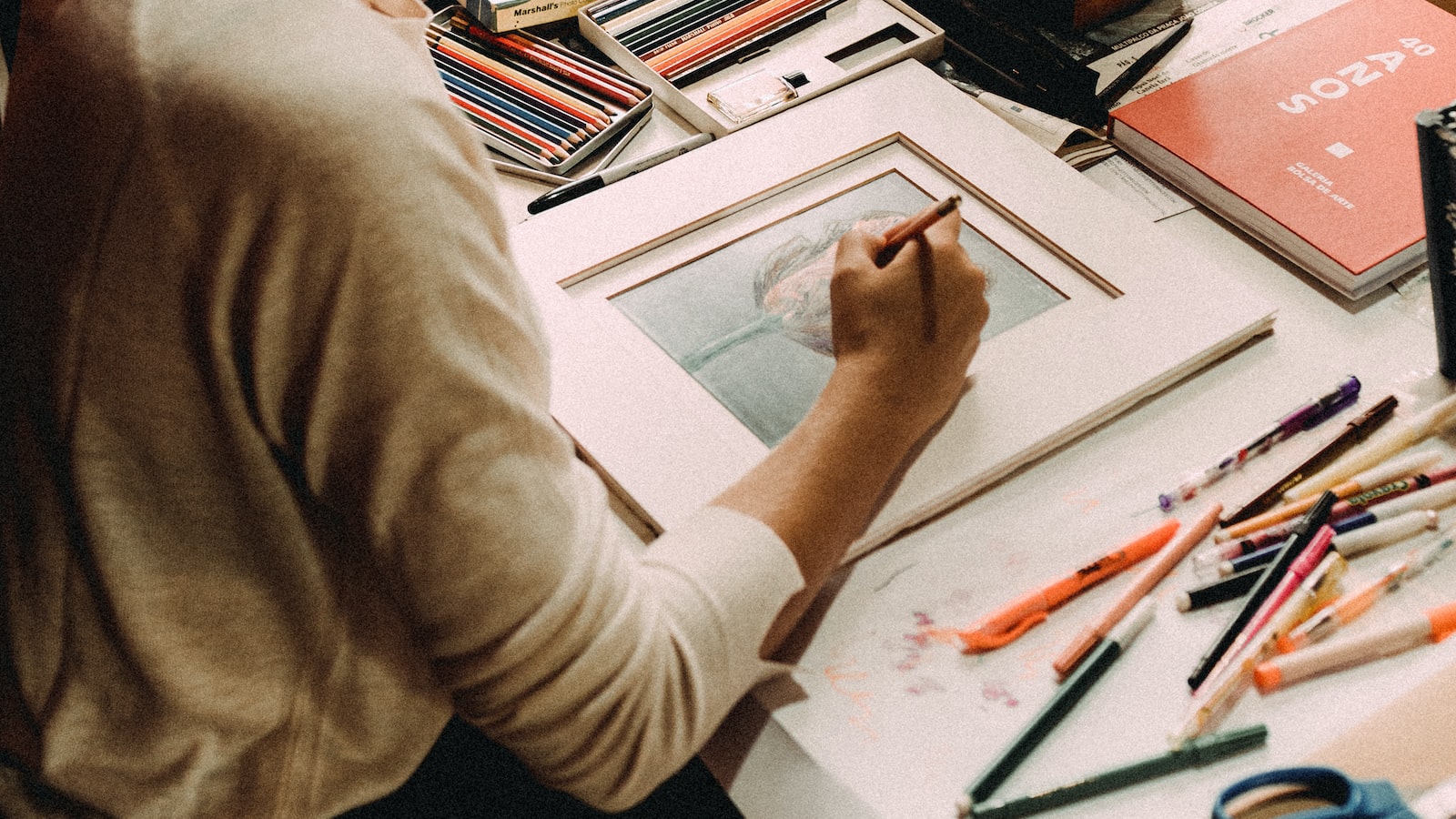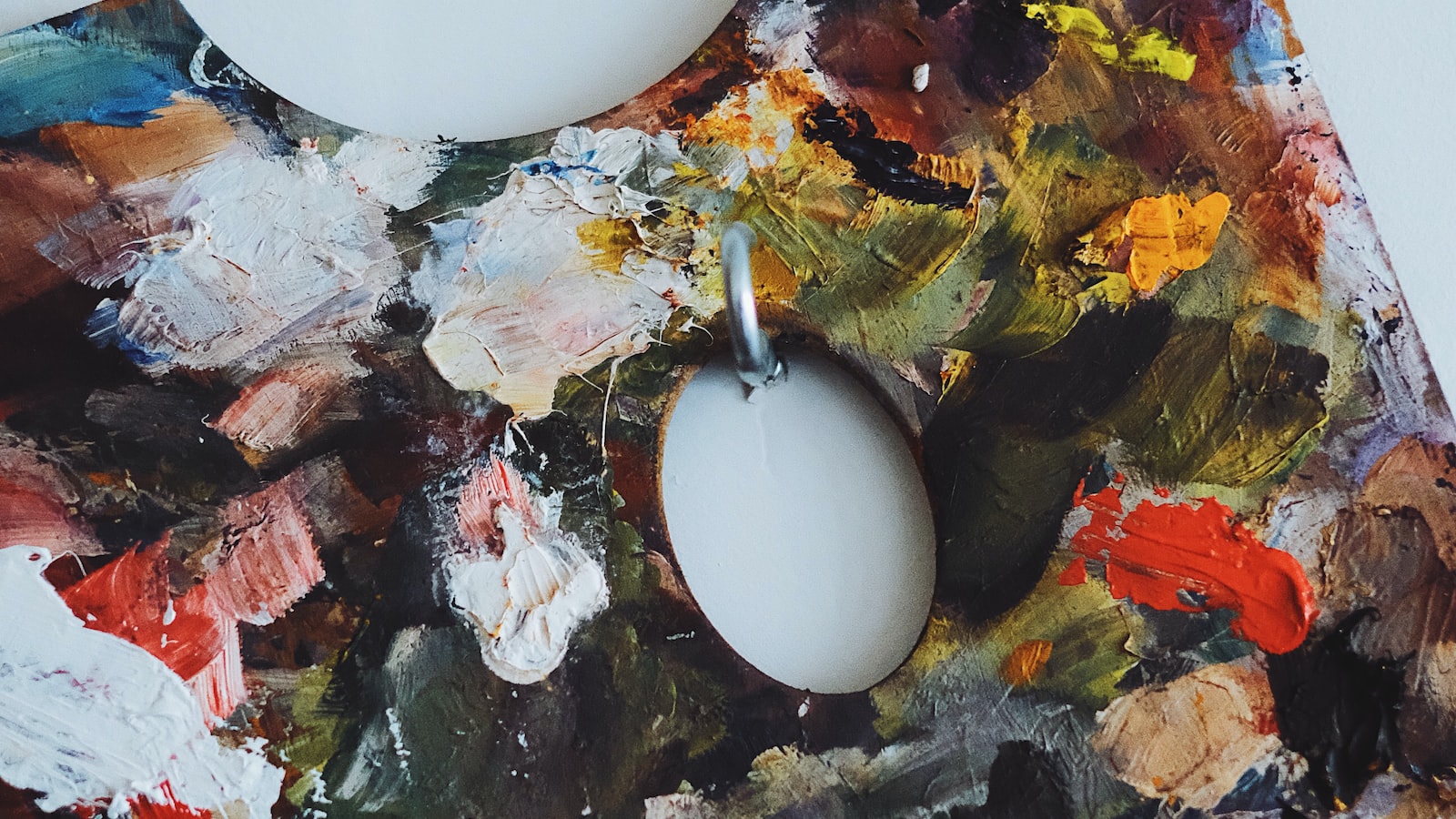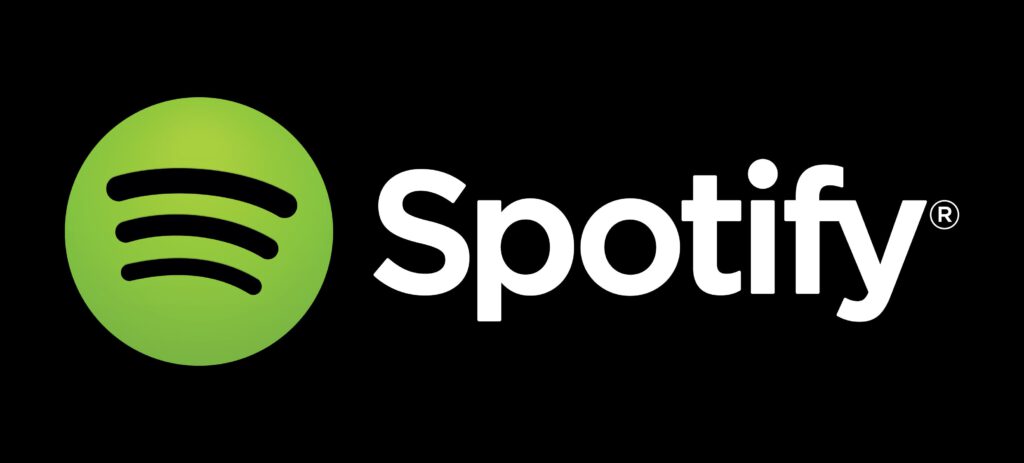
Unlocking Playlists: Getting Your Track Featured on Spotify
We all have great music waiting to be unlocked and unleashed! Have you ever tried to get your track featured on Spotify? It’s no easy task. Spotify playlists can be a powerful tool to get your music heard by the masses. This article will give you insights into the tricks, tips and techniques you need to unlock Spotify playlists and get your track featured. So get ready to unlock your musical potential and get your tracks to the top of the list!
1. Understand How to Get Your Tracks Noticed
- Research Your Genre - Take some time to listen to the songs of artists in your genre. Analyze the music and sound of their hits. If needed, talk to professionals to understand what makes their music popular. Researching your genre will help you better understand what makes a track successful.
- Improve Your Production Quality – To get noticed, it is important to produce top-notch quality tracks. Make sure your sound and production are among the best in your genre. Invest in good quality gear and audio software that will help you produce superior tracks.
Mini campaigns on social media and advertising can help to get your track noticed. Reach out to influencers, music and audio blogs, and distributors. Ask them to listen to your tracks and provide them with honest feedback. It is crucial to listen to the feedback and use it to make your tracks even better. Leverage any contact you make, as it is important to constantly be networking.
2. Maximizing Your Reach through Playlisting
Music streaming has quickly become one of the most popular ways for artists to reach their audiences. With playlisting, an artist’s music can become part of an infinite rotation, allowing them to potentially reach more listeners than ever before. Here are some techniques to maximize your reach through playlisting:
- Participate in Playlist Pitching – Resources exist for artists to help them get their music onto the most popular playlists across streaming sites. Take advantage of them by actively seeking out and pitching your music to popular playlist curators.
- Be Active With Your Fans – Create an online presence and regularly engage with your fans. Make sure you direct them to the streaming site of your choosing and ask them to add your music to their playlists. Being as active as possible will help spread the word quickly.
- Reach Out to Relevant Influencers – Try to identify influencers with followers that are interested in the music you make. Reach out to them to let them know about your music and your playlist placements. This can be a great way to get more eyes on your music.
- Participate in Online Contests – There are always opportunities for artists to participate in online contests or to collaborate with other musicians. Collaborating is a great way to open yourself up to more people and to make new connections in the world of streaming.
By actively taking steps to maximize your reach through playlisting, artists can potentially expand their reach even further. Take these suggestions, and use them to help promote your music on streaming services.

3. Effective Strategy for Gaining Exposure
Gaining exposure for your brand or business is key to building an effective web presence. The following strategies will help your business gain exposure and reach new customer markets:
- Social Media – Leverage mediums such as Twitter, Facebook and Instagram to create and grow an organic following.
- Content Marketing – Create and share quality content to establish visibility for your brand.
- Influencer Marketing – Spread the word about your business using influential people in your category.
- Network and Collaborate – Find meaningful partnerships and collaborate with other companies, bloggers and websites to reach potential customers and increase exposure.
Paid advertising is also another great way to complement the above strategies. Facebook Ads, Google Ads and Instagram Ads are some of the various paid mediums to consider when looking to increase exposure. Focus on targeting the right audience, with the right messaging, in order to maximize results.
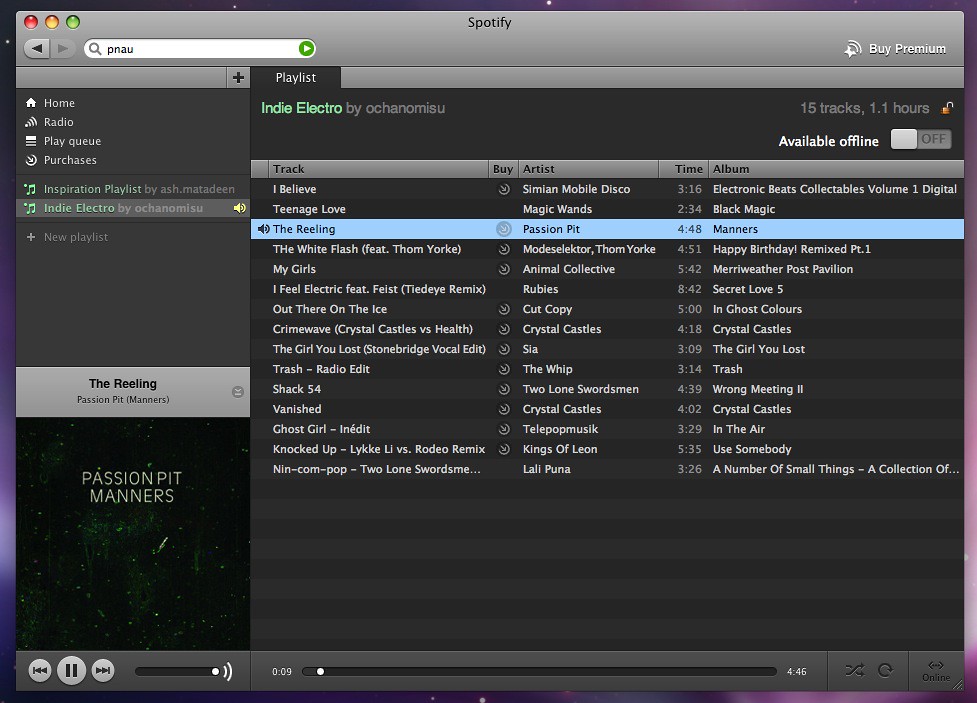
4. Tips for Maximizing Playlist Placements
1. Quality Beats Popularity: Whilst creating a playlist can be exciting, remember that quality should come first when trying to maximize your placement. Focus on producing engaging tracks that stand out from the crowd rather than simply the ‘popular’ music that is currently trending.
2. Include Cover Artwork: Invest some time into making sure your cover artwork looks great. It will go a long way in helping your album be featured on playlists. Remember that it will be viewed at a much smaller size, so you may need to customize it for streaming services.
3. Seek Professional Help: If you are struggling with playlist placements, consulting with a professional music marketing firm can help. They can help strategize your overall plan and even guide you towards opportunities that only pros have access to.
4. Leverage Your Social Platforms:
- Start by building engagement with your current social media followers.
- Research which platforms your targeted playlists cater to.
- Constantly grow your following on these dedicated social networks.
- Share your newest music with your fan base and ask them to promote your song on playlist owners.
5. Share and Participate in Playlists:
- Find playlists and participate in their communities.
- Share their playlists and the music within them.
- Suggest your music to them list.
- Network with the playlist owners and get to know their interests.
6. Analyse Platform Analytics:One key factor for maximizing your playlist placements is understanding the data. Analyze the platform analytics for the streaming services you are using and study which of your tracks are finding success. Make sure to use the insights you find in order to make the most of your placements. Playlists have truly become a powerful medium for both emerging and well-established artists alike. Though the process of getting featured on a Spotify playlist can seem quite intimidating, it doesn’t have to be! By understanding the basics of playlist curation and promotion, you can easily unlock new doors of opportunity to increase your exposure and reach more and more fans. Now that you have the knowledge to get your track on Spotify, it’s time for you to get out there and make your sound heard!




